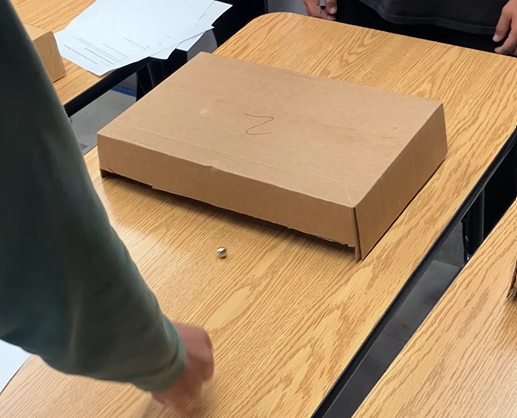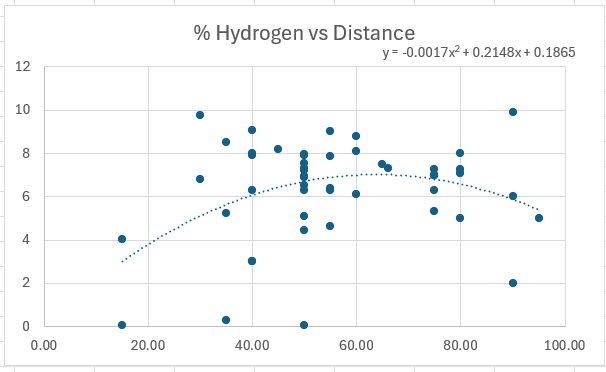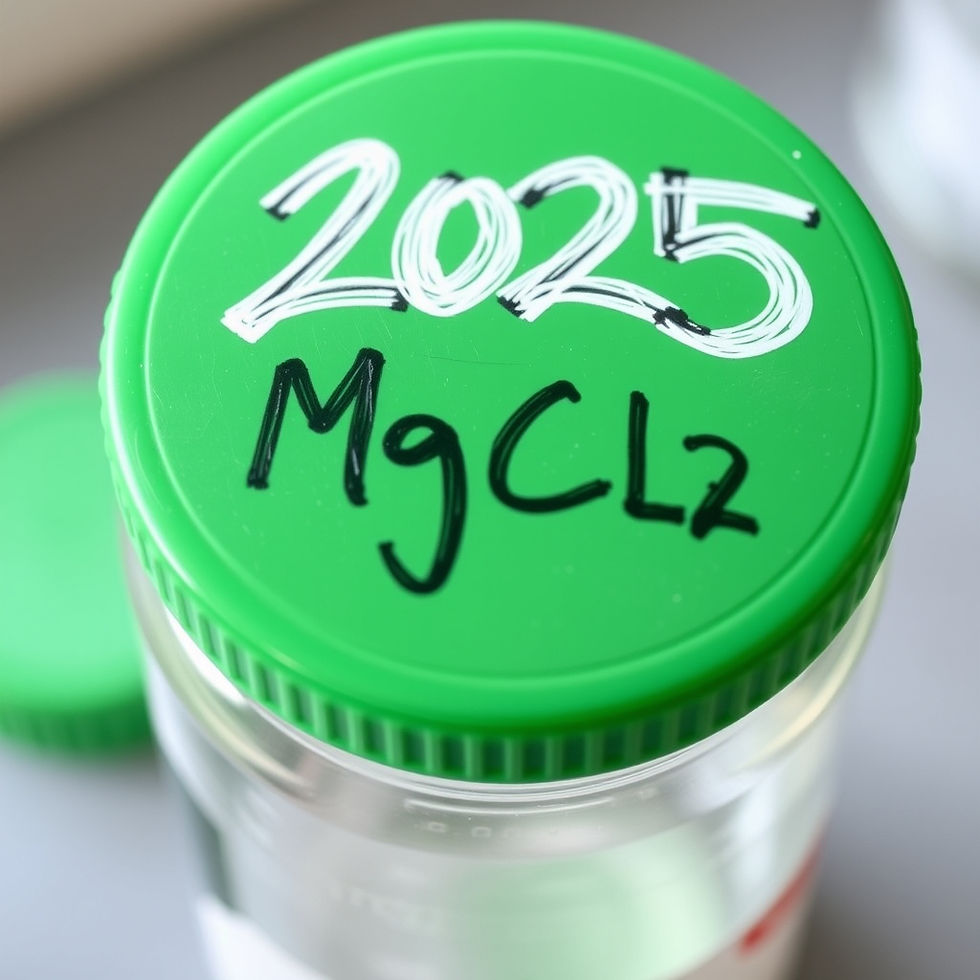Use simple games to model the history of the atom instead of teaching it
- Brennan Koch
- Oct 3
- 3 min read
Chemistry students can struggle to connect with how the two classic atomic experiments worked, Thomson’s cathode ray tube and Rutherford’s gold foil. Instead of telling them about the experiments this year, we “did” the experiments! By modelling the processes in game form, the students gained a deeper understanding of the ground-breaking experiments. Best part is that it took minimal prep and was completed in less than a 50-minute period. Here is how I did it.
Prepare Rutherford’s mystery atom boxes
I went to the copy room and stole three paper box lids. Then I cut about an inch off the edge of two opposite sides, enough so a marble could roll underneath when the lid is placed on the table. Then I made a column of carboard in different sizes and shapes and hot-glued them to the bottom to block the marble’s path. I made one of the columns very small and round like a nucleus.

Print off Thomson’s magnet game
I made a simple sheet for the cathode ray tube game. It has 5 scoring zones at the end, a location for a cow magnet, and a prescribed path for rolling the steel marbles. Here is my copy. This file also includes some simple places for kids to record their data as well as the tear-off scoring sheet.
Play the games
I had the students break into pairs. I had prepped 5 stations for the cathode ray game and 3 gold foil boxes. The students were required to play three people in the cathode ray game. It’s simple. The students have to take turns rolling a steel marble past the magnet trying to get it to turn toward the higher point scoring zones. They score each roll. The first player to score ten points wins. Here are some girls demonstrating how it works.
Students were also required to try to figure out all three of the shapes glued to the bottom of the box. They did this by rolling marbles back and forth and watching how they went through, glanced off, and even stopped. Then they had to draw what was under the box and defend their reasons.
Connect the games to the experiments
After the students had played all their games, I brought them back to make sure that the key takeaways were clearly seen. For the cathode ray game (rolling marbles past magnets) we talked about why the marble didn’t roll straight. I also made sure they the recognized that they were impacting the momentum of the steel marble by changing its speed. Only things with mass can have momentum. This is just like the electron discovered in the cathode ray tube experiment. It was impacted by an external force (both magnetic and electric in the real experiment) and that the “ray” had momentum. This is how we broke away from Dalton’s Atomic Theory of atoms being indivisible.
Then I connected the experience of rolling the marbles under the boxes to how Rutherford was trying to find out what was in the atom. He believed the plum pudding model, so what would have happened to the “marbles” (which were alpha particles) if that model was correct. What happened instead? The students were able to correctly predict the expected results of Rutherford’s experiment as well as interpreting his actual results. How did Rutherford know that the nucleus was small? Because it took so many marble shots through the box to find the tiny “nucleus”. Therefore, it makes sense that if most of the alpha particles went straight through that the atom is mostly empty space. It also means that the nucleus is dense if the alpha particles bounced off of it.
Using a couple of simple games created a much more engaging environment than just hearing me talk about the experiments or watching a video. Next time you teach the history of the atom, try these games and watch how the history comes alive.
Looking for more ways to shake up the monotony of your class? Try teaching topics utilizing Stoich Decks games as an integral part of the lesson! The games connect directly to your content and are competitive. This helps the students engage their thinking in whole new ways. Check them out today.





Comments